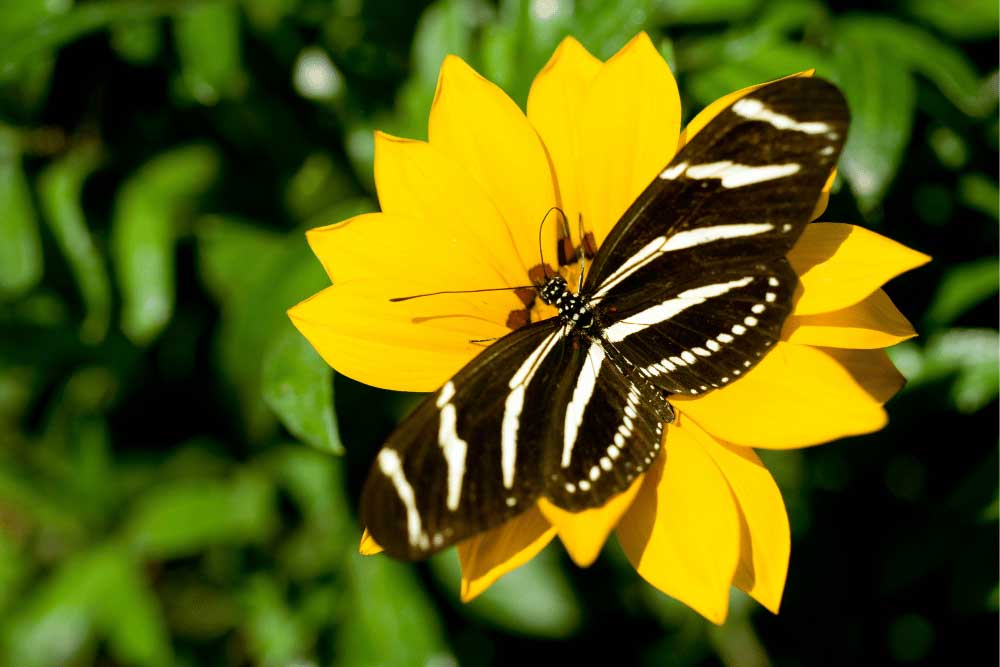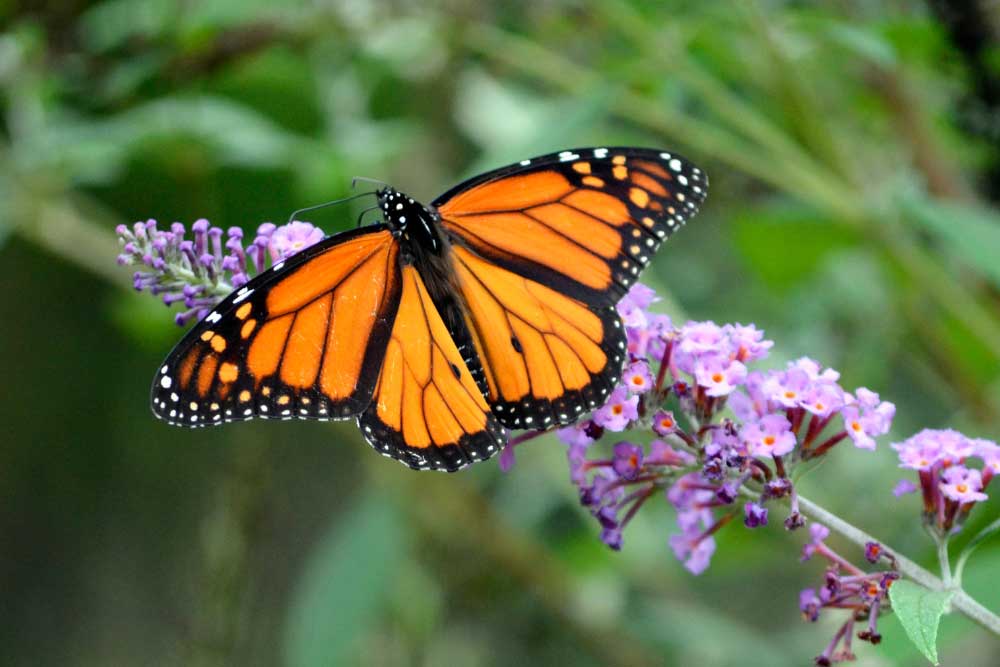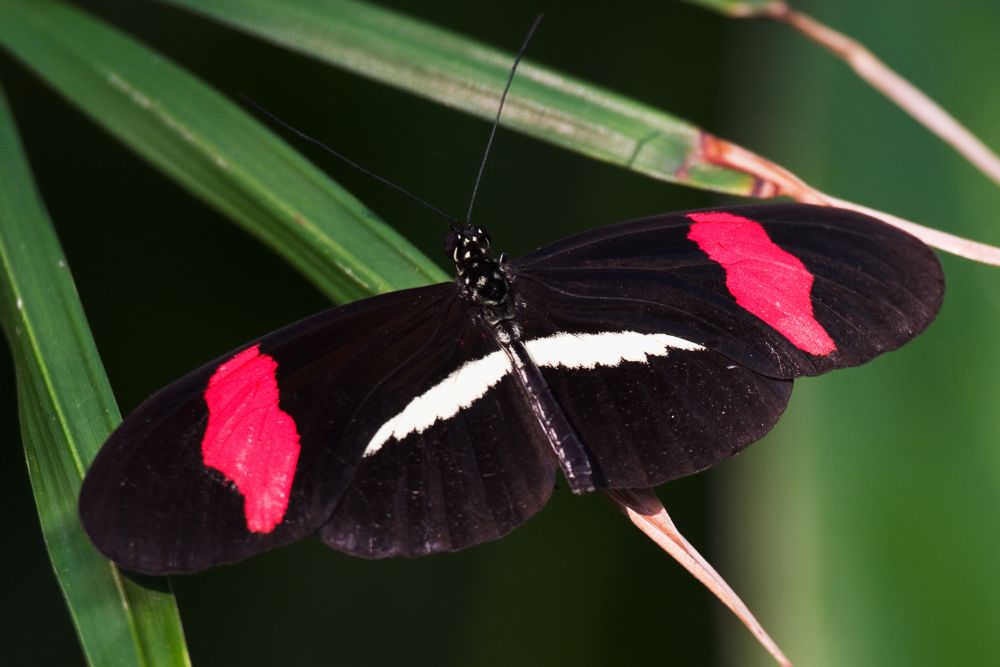
Scientific Name
Heliconius erato
Average Life Span
~20 days
Wingspan
2.64 to 3.15 inches (6.7 to 8.0 cm)
Commonly referred to as the crimson-patched longwing, the small postman butterfly, or the red postman, Heliconius erato is a remarkable species that is well-known for its complex wing patterns and vivid coloring. This butterfly, which is native to Central and South America’s tropical and subtropical regions, warns predators of its distasteful nature with its striking red, black, and yellow colors. In addition to being prized for its beauty, H. erato is also the subject of much research due to its significance in evolutionary biology and mimicry. It is an intriguing example of Müllerian mimicry, a survival strategy in which two or more unpalatable species evolve to resemble one another, improving predator avoidance. It can replicate the look of other toxic butterfly species, especially those in the Heliconius genus.
RANGE
The Crimson-patched longwing (small postman) is a neotropical species that lives on the outskirts of tropical rainforests and can be found from southern Texas to northern Argentina and Paraguay.
Host Plants
Passion vines (Passiflora)
Read about the resurgence of the Atala butterfly, which was once on the verge of extinction but is again flourishing in Florida’s lush settings. Discover the critical role performed by its host plant, the Coontie, in this incredible conservation success story.

NECTAR PLANTS
The Crimson-patched Longwing (small postman) collects pollen instead of nectar, which builds up in a pile on the ventral side of its proboscis. It constantly coils and uncoils its proboscis to extract nutrients, which agitates the pollen and promotes nutrient release. The primary source of pollen for the Crimson-patched Longwing is the blossoms of the Lantana camara. It saves time and energy by just spending a few seconds at each bloom, in contrast to nectar-feeding butterflies.
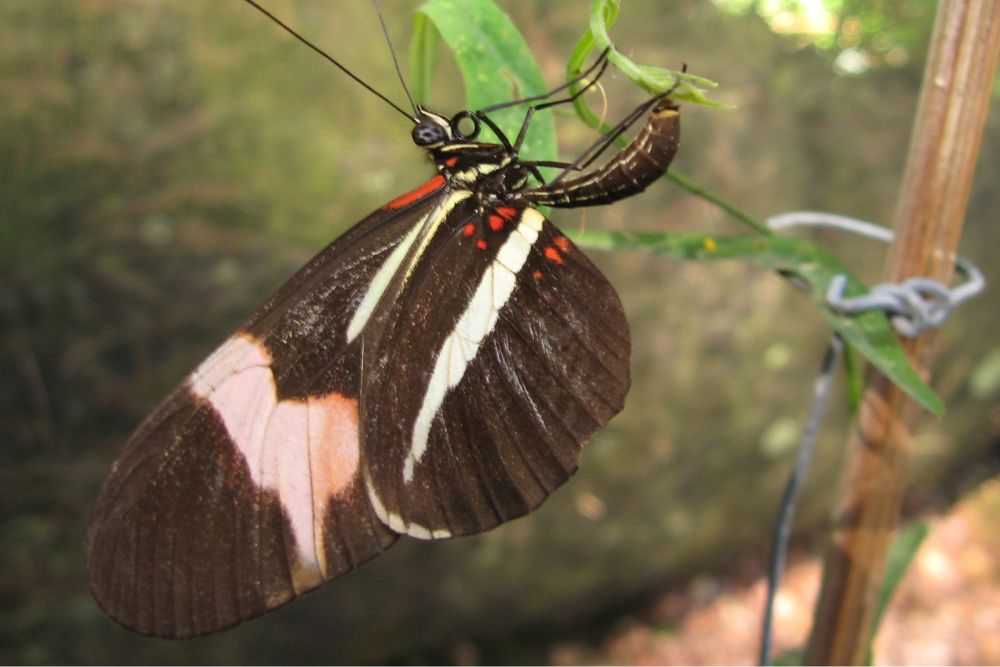
Eggs
Female lays 1–4 yellow eggs daily with a distinctive pattern of 16 vertical and 11 horizontal ridges.
Image credit: By Leonardo Ré-Jorge - Own work, CC BY-SA 4.0
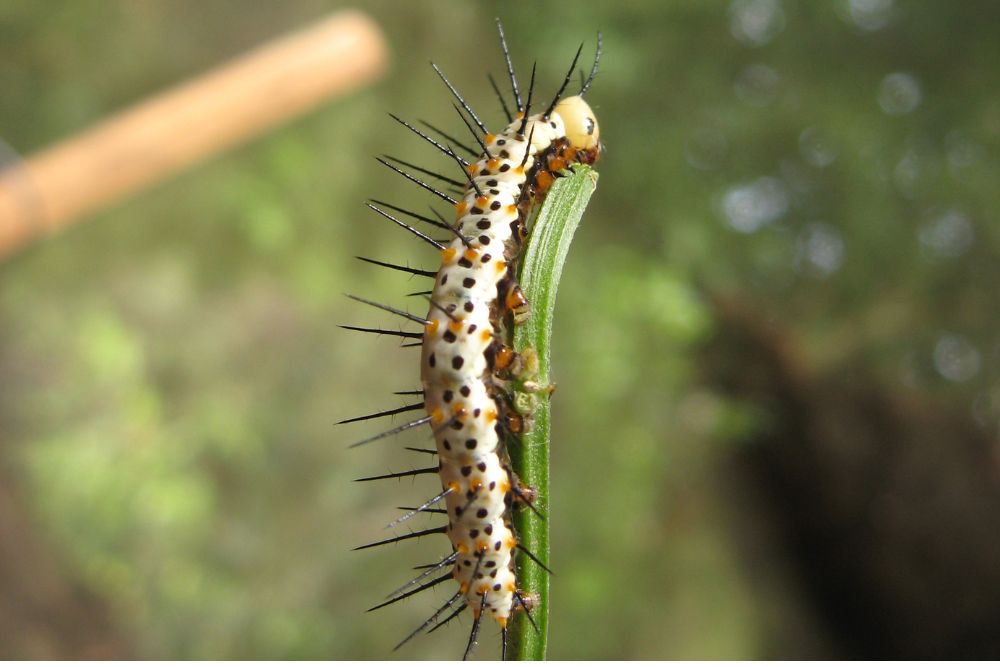
Caterpillar
With a dark prothoracic plate, young caterpillars are discreet; as they become older, they become more colorful. They feature a yellow head, black spikes, and a white body with orange and black patches by the fifth instar.
Image credit: By Leonardo Ré-Jorge - Own work, CC BY-SA 4.0
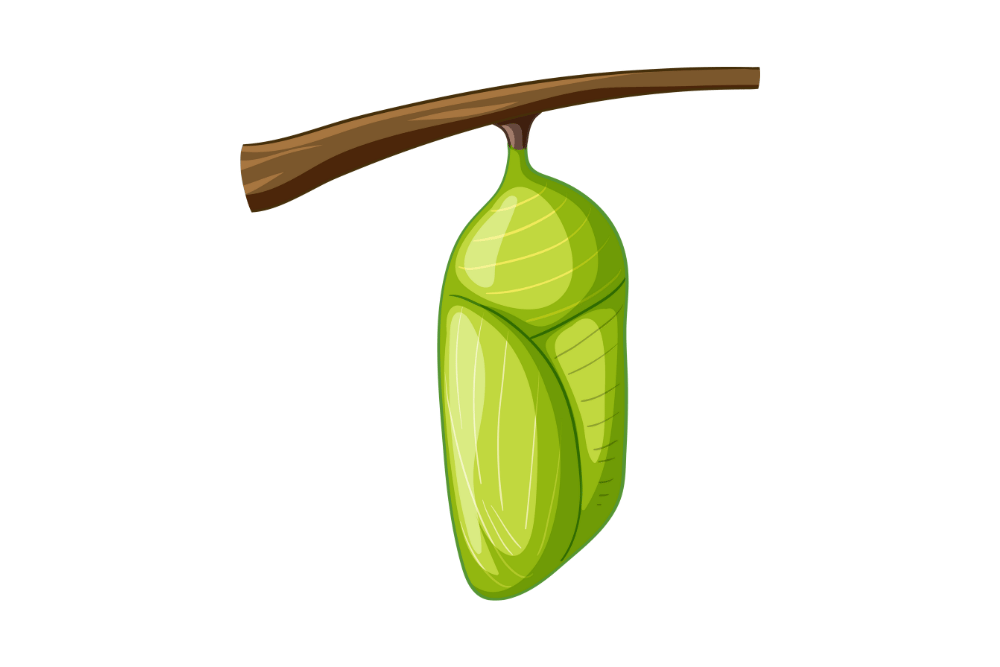
Chrysalis
We currently do not have an image of the chrysalis.

